If you are looking for a treatment that can restore your youthful appearance, Botox might be the answer to your problems. Botox is a medical treatment that involves the injection of a purified protein into the skin. It is used to reduce the appearance of fine lines and wrinkles and can also be used to treat other conditions such as excessive sweating and migraines.
If you are considering Botox, you may have questions about the procedure. This article will answer some of the most common questions about Botox, including who is suitable for treatment, how long it lasts, and the difference between Botox and fillers. Keep on reading and find out more.
What Is Botox (Botulinum Toxin)?
Botox is a neurotoxin injected into the muscles to weaken, relax, or paralyze them. Some doctors use botox to treat some medical conditions.
How does it work? Botulinum toxin works by preventing the release of a specific chemical in the body called acetylcholine. This chemical tells the muscle to contract; when it can’t be released, the muscle remains relaxed.
Botox is most commonly used to treat forehead lines and crow’s feet and improve vertical lip lines. It is a very safe method for reducing the appearance of facial wrinkles and also has minimal side effects.
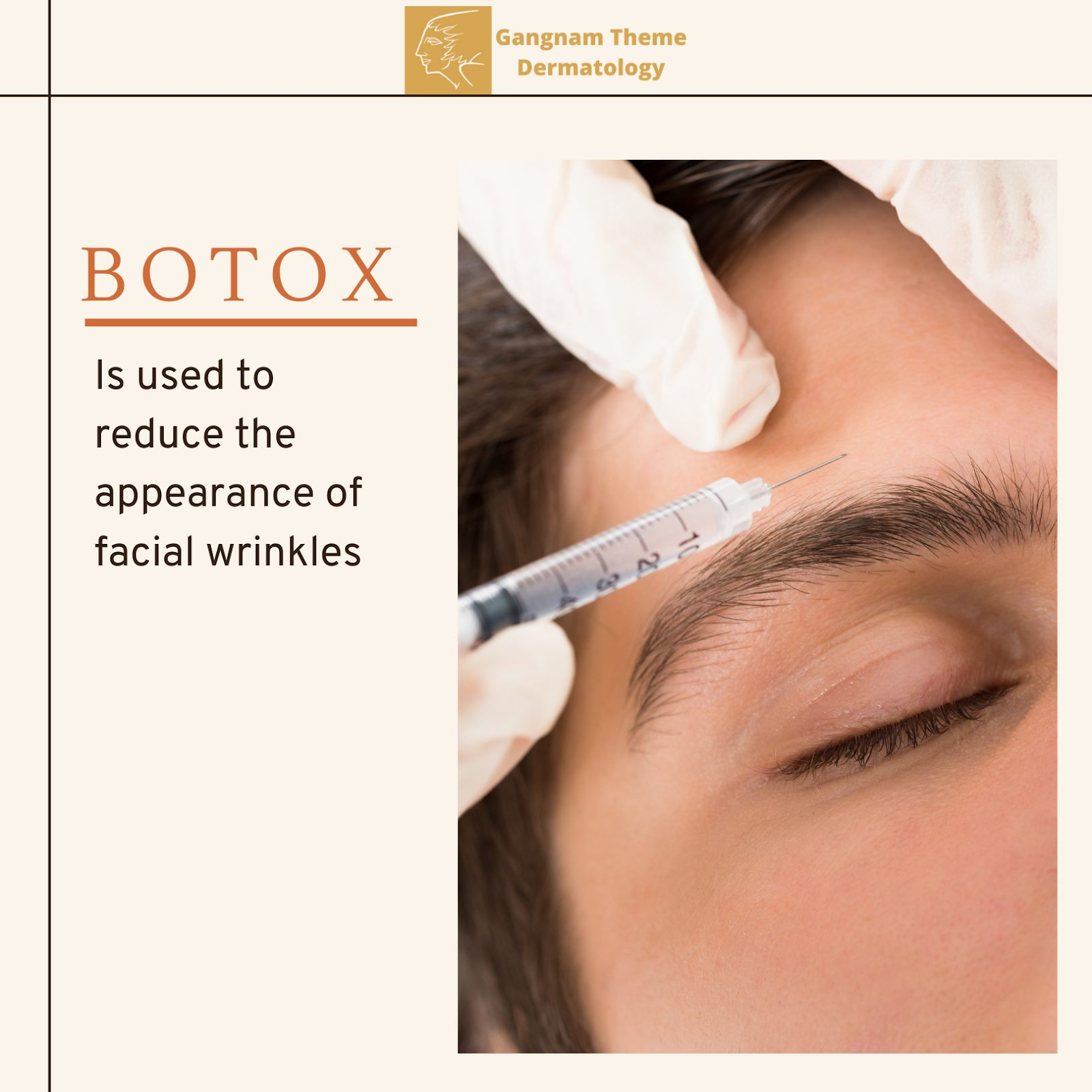
How Is Botox Used?
Botox is a neuromodulator, which means it works by inhibiting the release of neurotransmitters – which means that the signals from the nerve cells that cause the muscles to contract and move are hindered. Botox ultimately reduces muscle movement and the appearance of wrinkles.
There are three main areas where Botox is used: forehead lines, crow’s feet, frown lines, and jawline.
Botox is often administered through a few tiny injections directly into the muscles causing wrinkles. The procedure is quick, easy, and relatively painless.
If you’re considering getting Botox, make sure you do your research and find a qualified and experienced doctor.
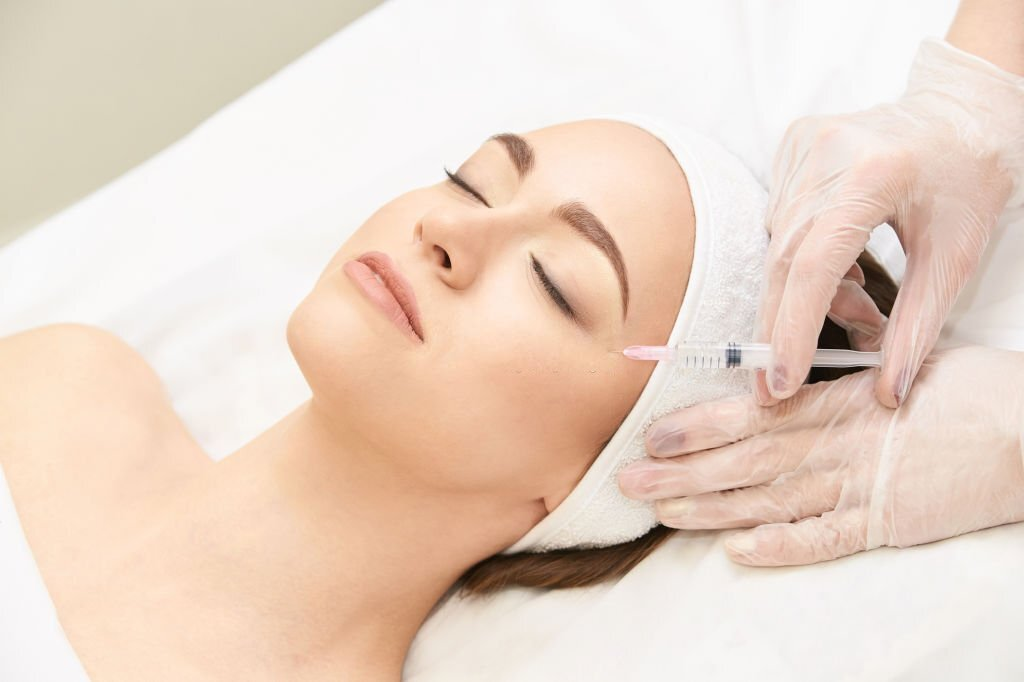
How Is a Botox Procedure Done?
Botulinum toxin works by preventing the release of a chemical called acetylcholine. Acetylcholine is responsible for telling the muscles to contract. When you inject Botox into a muscle, it blocks the release of acetylcholine, and the muscle can’t contract. Botox results in an improvement in appearance by reducing the appearance of wrinkles.
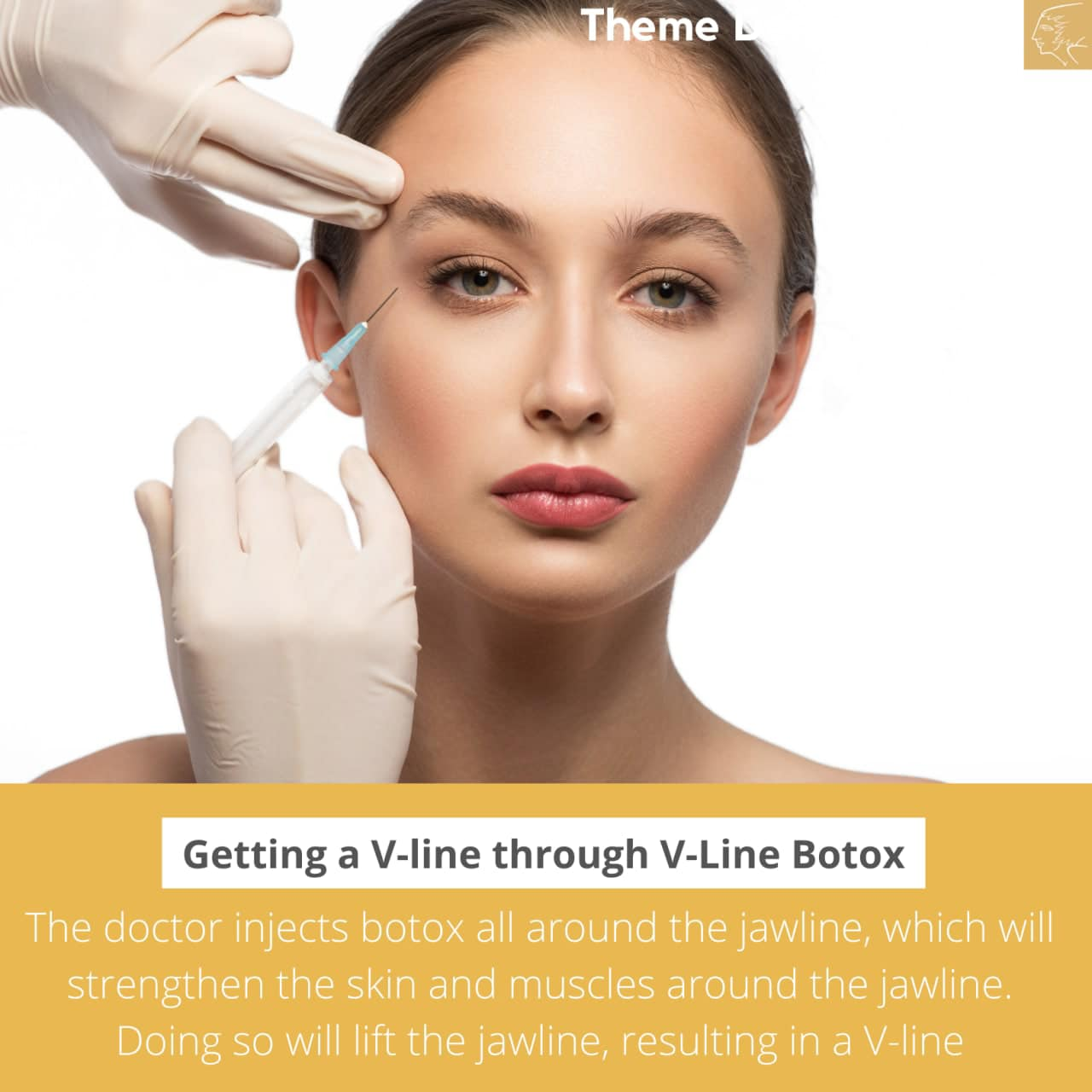
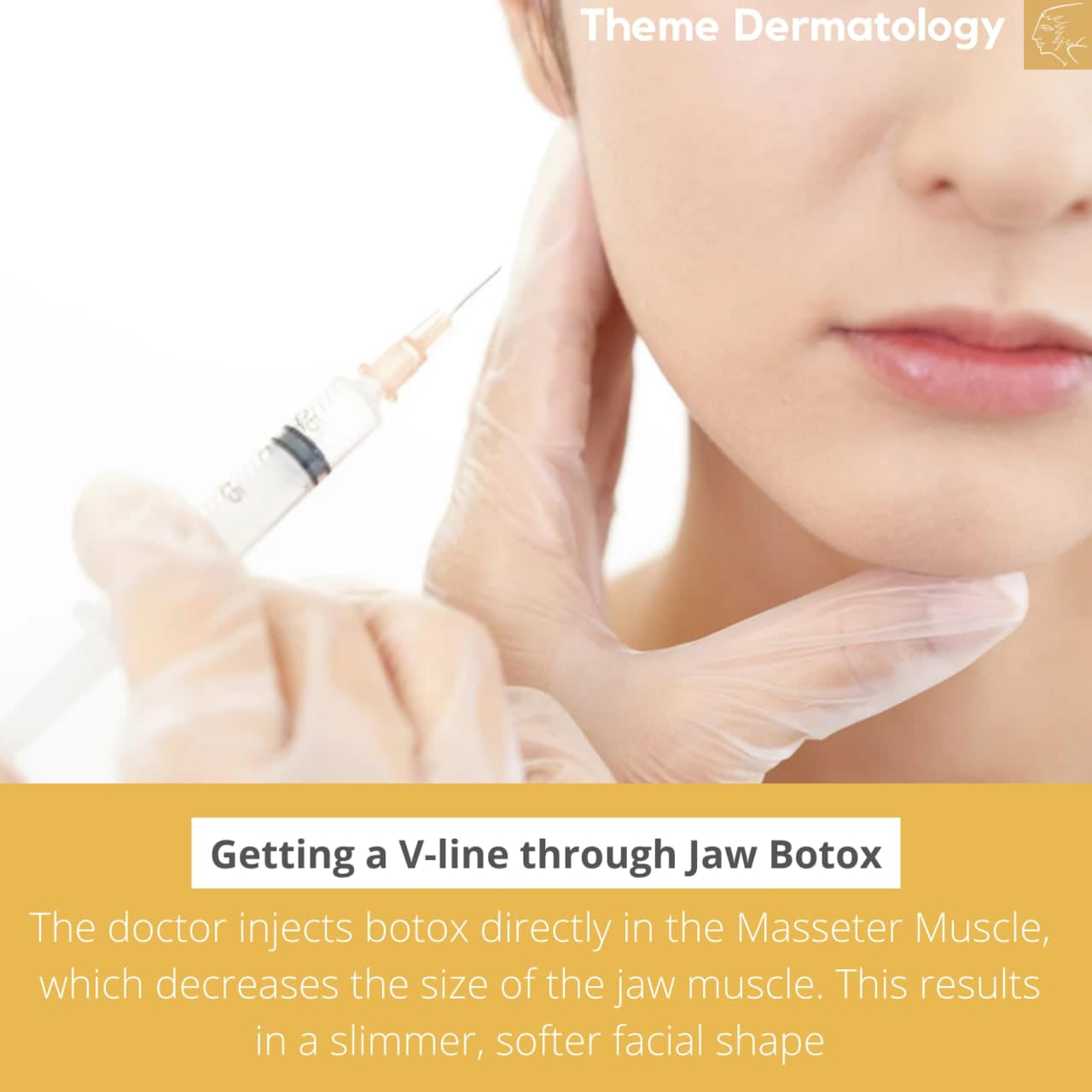
What Are The Areas Where Botox Is Used?
Botox is most commonly used around the eyes, forehead, frown, and jaw area. Some unexpected places where other patients get botox are on the legs, buttocks, neck, armpits, hands and feet, scalp, and stomach.
The eye area is a common Botox treatment area because it’s one of the first places to show signs of aging. Botox can help smooth out wrinkles and crow’s feet, giving you a more youthful appearance.
The forehead is another popular treatment area because it’s a common place for wrinkles to form. Botox can help you achieve a relaxed appearance by softening those forehead and frown lines. With the help of Botox, you won’t have to worry about wrinkles.
And finally, the mouth is a common treatment area because of the muscles around it. Botox can help to relax these muscles and prevent them from creating wrinkles over time.
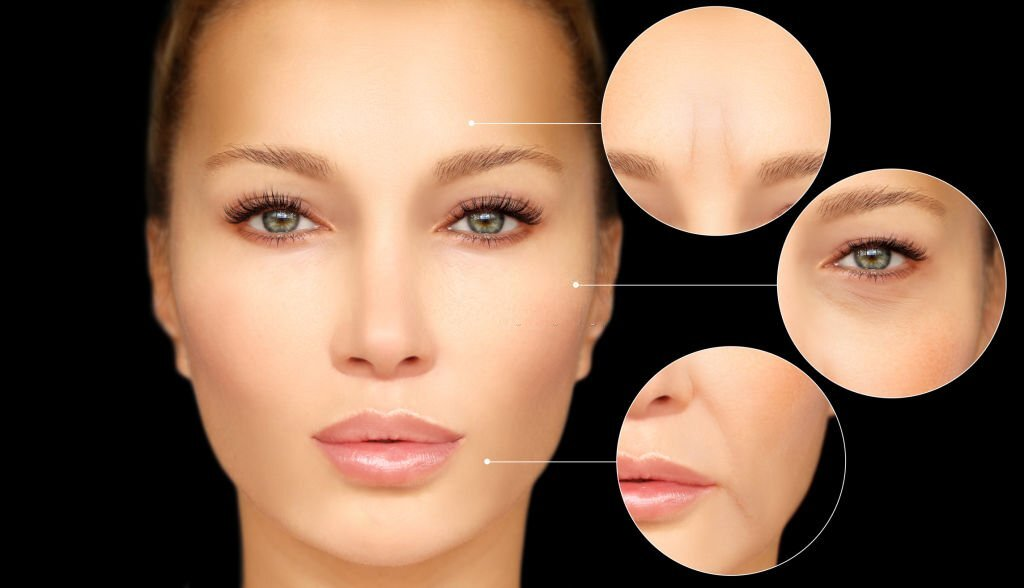
What Is the Difference Between Filler and Botox?
Botox and fillers are two different treatments that are often used to achieve different results. Botox is a neurotoxin injected into the muscle to weaken and prevent it from contracting. It reduces the appearance of dynamic wrinkles and lines, making you look more relaxed than before. However, it usually does not help with wrinkles that are already deeply settled in the skin.
On the other hand, fillers are injections used to add volume to the face. It can fill in lines and wrinkles or give the face a more youthful appearance. Fillers usually help well for wrinkles that are visible when the face is not moving.
If you’re unsure which treatment is right for you, our doctors here at Theme Dermatology can help you decide the best option based on your individual needs and goals.

Who Is Suitable for Botox and Who Should Not Get Botox?
Botox is a popular procedure that can help reduce the appearance of wrinkles and lines on the face.
However, it’s important to note that not everyone is suitable for Botox. If you have any of the following, you may not be a good candidate for Botox:
- Pregnant or breastfeeding women
- People who have an allergic reaction to any ingredients used in Botox treatment
- People with neurological problems
- People who are taking anticoagulant medication

How Long Does Botox's Effectiveness Last?
Botox’s results typically last around three to four months, though the duration may vary depending on the person.
As the Botox begins to wear off, you may see wrinkles and lines start to form again. This is why it’s important to schedule your appointments to maintain your desired look for as long as possible.
If you’re unhappy with the results or feel they’ve worn off sooner than expected, you can always consult your doctor about increasing your dosage or scheduling another appointment.
At Theme Dermatology, our doctors are happy to assist you with any concerns and are willing to have a consultation with you if you need one.
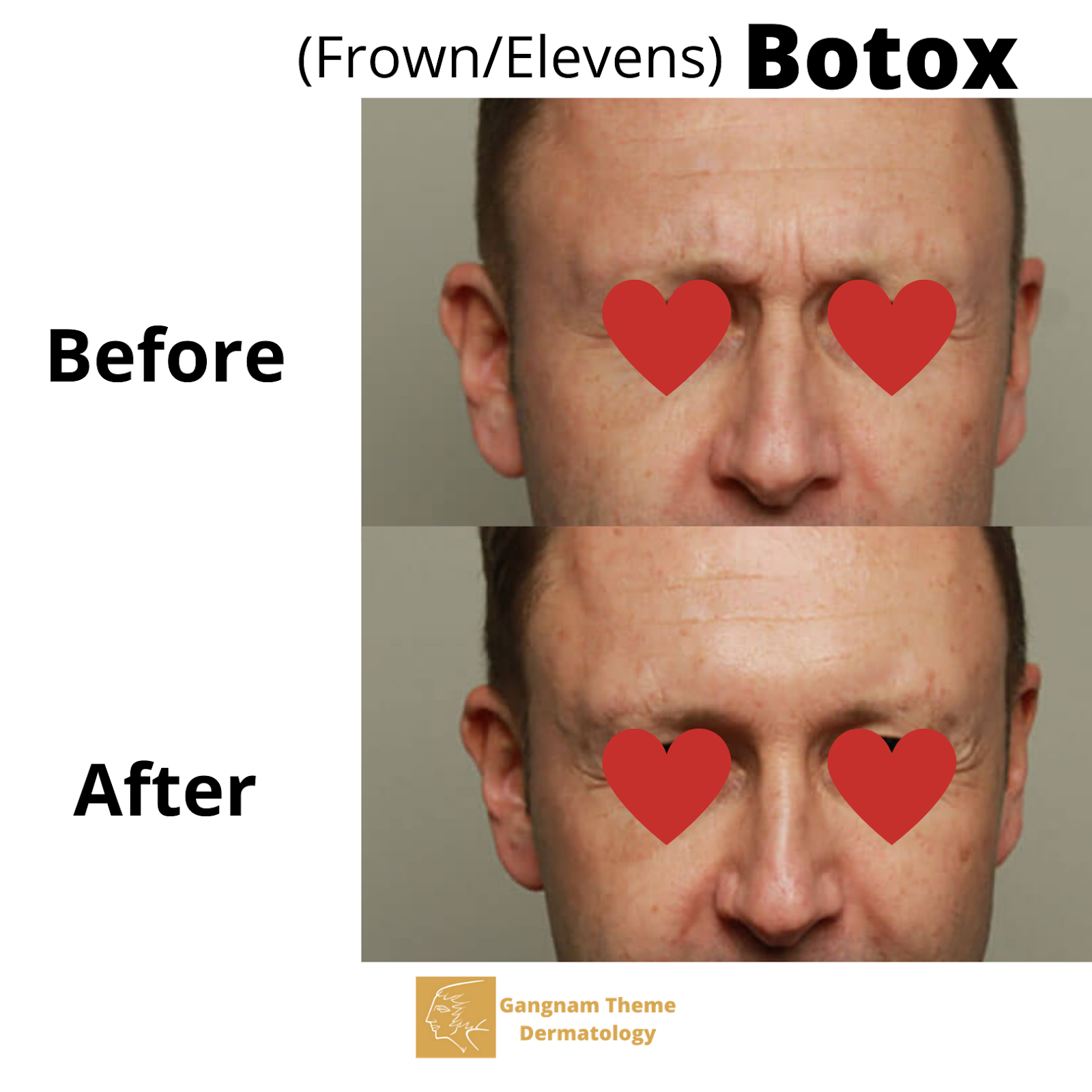

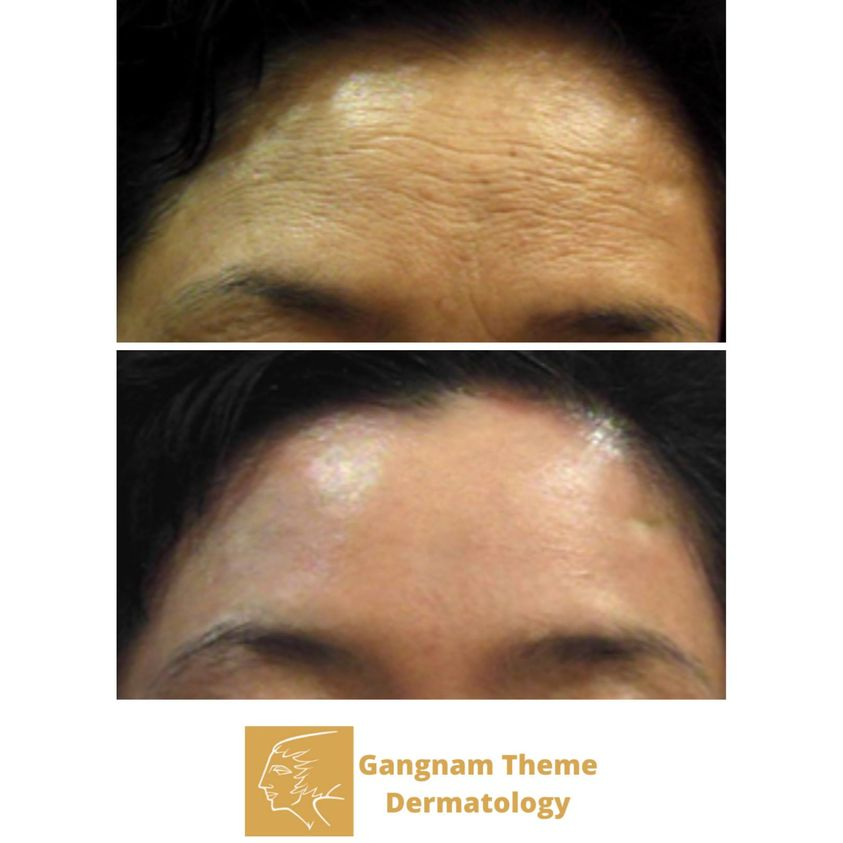
Conclusion
Botox is a popular cosmetic treatment that can help improve the appearance of wrinkles and lines on the face. It is a cosmetic procedure involving injecting Botulinum toxin into the skin to relax the muscles. The toxin blocks the nerve signals that cause muscles to contract, which helps to soften and smooth the appearance of lines and wrinkles.
Botox is a safe and effective treatment that can provide good results for many people.
Theme Dermatology offers one of the best Botox services in South Korea. We always make sure to give you the best experience you can get skin treatments. Our patients are always satisfied with their results and return to our clinic for more treatments. Don’t worry; you are in safe hands because we have the best board-certified and PhD-certified doctors in South Korea.
Now that you know what Botox is and you think Botox is the right treatment for you, contact us at Theme Dermatology to get started.

